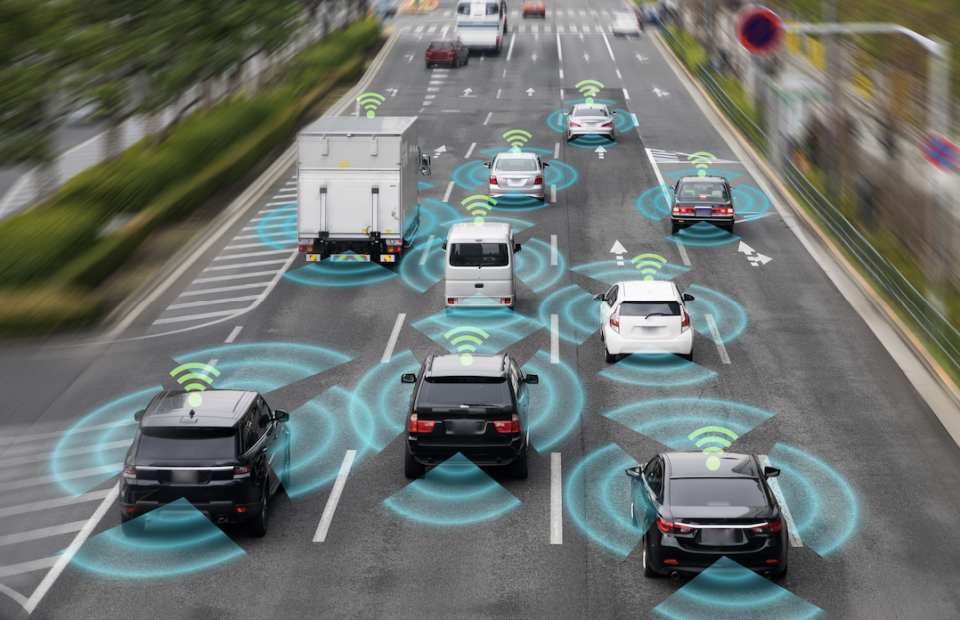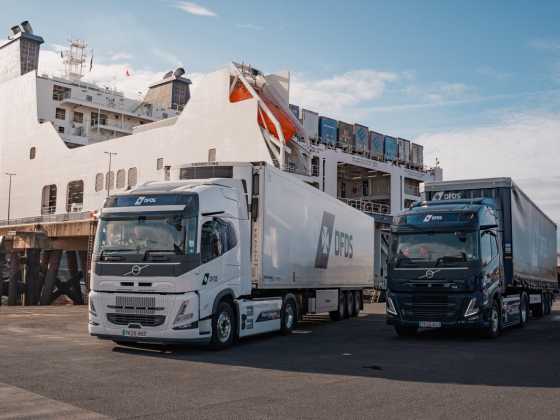Changes to Highway Code to accommodate self driving vehicles

The government has confirmed planned changes to The Highway Code to help ensure the first wave of self driving technology will be used safely, explaining clearly that while travelling in self-driving mode, motorists must be ready to resume control in a timely way if they are prompted to – such as when they approach motorway exits.
The plans also include a change to current regulation, allowing drivers to view content that is not related to driving on built-in display screens, while the self-driving vehicle is in control. It will, however, still be illegal to use mobile phones in self-driving mode, given the greater risk they pose in distracting drivers as shown in research.
With self-driving technology rapidly developing across the globe, Britain’s first vehicles approved for self-driving could be ready for use later this year. Vehicles will undergo rigorous testing and only be approved as self-driving when they have met stringent standards.
The government is continuing to develop a full legal framework for self-driving vehicles to enable the safer and greener movement of people and goods in the UK. The Department for Transport will also work with industry, regulators and safety organisations to ensure drivers can access information, including online, to help them use the vehicles safely.
These measures follow a public consultation launched by the government, which found the majority of respondents were broadly supportive of the proposed changes to The Highway Code to clarify drivers’ responsibilities in self-driving vehicles.
The introduction of the technology is likely to begin with vehicles travelling at slow speeds on motorways, such as in congested traffic.
The government announced in April last year that vehicles fitted with automated lane keeping system (ALKS) technology could be the first example of self-driving technology. Existing technology available on the market is ‘assistive’, meaning drivers must currently always remain in control and responsible.
Designed for use on a motorway in slow traffic, ALKS enables a vehicle to drive itself in a single lane, up to 37 mph, while maintaining the ability to return control easily and safely to the driver when required.
Meanwhile, the government expects to have a full regulatory framework in place to support the widespread deployment of the technology by 2025, helping to make the movement of people and goods safer, greener and more efficient.



